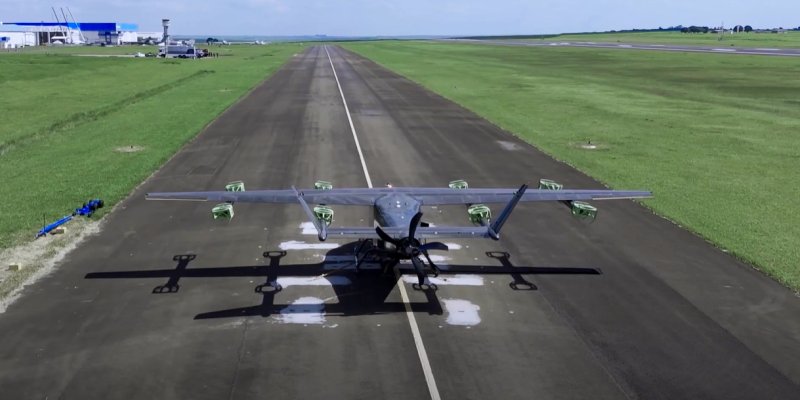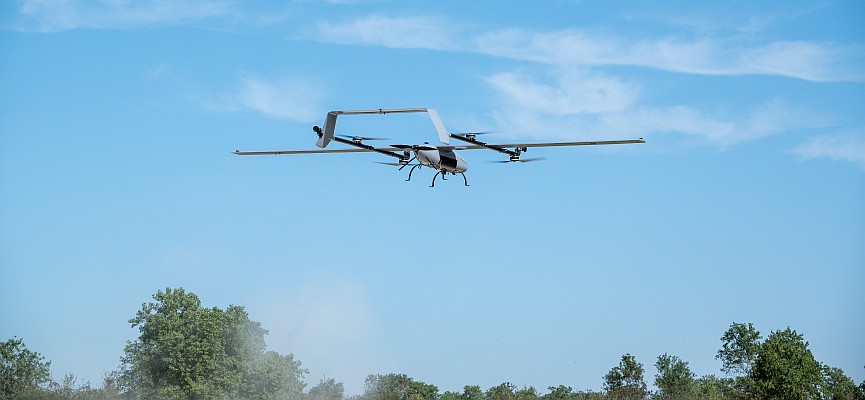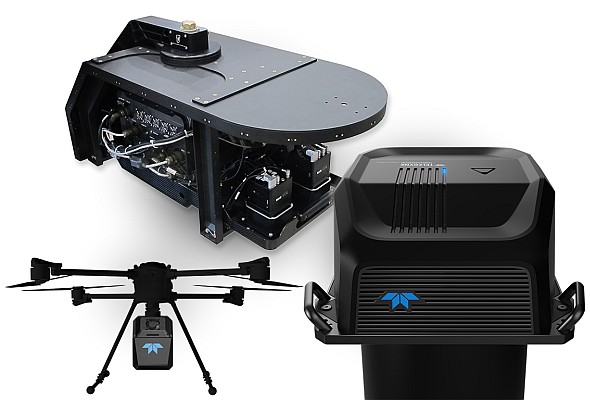The fifth Global Positioning System Block IIR (GPS IIR-5) satellite, designed and built by Lockheed Martin to provide critical navigation capabilities for military and civilian users worldwide, has reached 10 years of successful on-orbit operations.
The satellite was launched on July 16, 2000, and is one of 30 GPS spacecraft currently on-orbit delivering vital situational awareness and precision weapon guidance for the military, and supporting a wide range of civil, scientific and commercial functions.
The GPS constellation is increasing productivity in areas as diverse as farming, mining, construction, surveying, package delivery and supply chain management, while also enhancing public safety by reducing response times for emergency services.
As the prime contractor for the GPS IIR program, Lockheed Martin Space Systems, Newtown, Pa., designed and built 21 IIR spacecraft for the Global Positioning Systems Wing, Space and Missile Systems Center, Los Angeles Air Force Base, Calif.
The final eight spacecraft, designated Block IIR-M, were modernized to enhance operations and navigation signal performance. The current fleet of Block IIR and IIR-M satellites within the overall GPS constellation has reached over 100 cumulative operational years on-orbit.
The U.S. Air Force’s next-generation GPS spacecraft, known as GPS III, is being built by a Lockheed Martin-led team that includes industry partners ITT of Clifton, N.J. and General Dynamics of Gilbert, Ariz.
"This milestone is yet another example of the talented government-industry team dedicated to delivering GPS capabilities to the warfighter and millions of citizens around the globe," said Joe Trench, Lockheed Martin’s vice president of Navigation Systems. "We look forward to many more milestones and to achieving mission success on the next generation GPS III program."
The GPS III team is progressing through the Critical Design Review (CDR) phase of the program and is scheduled to complete the overall space vehicle CDR in mid-August, two months ahead of schedule. This milestone will validate the detailed GPS III design to ensure it meets warfighter and civil requirements, and allow the program to begin the production phase. The first GPS IIIA satellite is projected to launch in 2014.
GPS III will improve position, navigation and timing services and provide advanced anti-jam capabilities yielding superior system security, accuracy and reliability. The next generation GPS IIIA satellites will deliver significant improvements over current GPS space vehicles, including a new international civil signal (L1C) and increased M-Code anti-jam power with full earth coverage for military users.
Follow us on Twitter.






